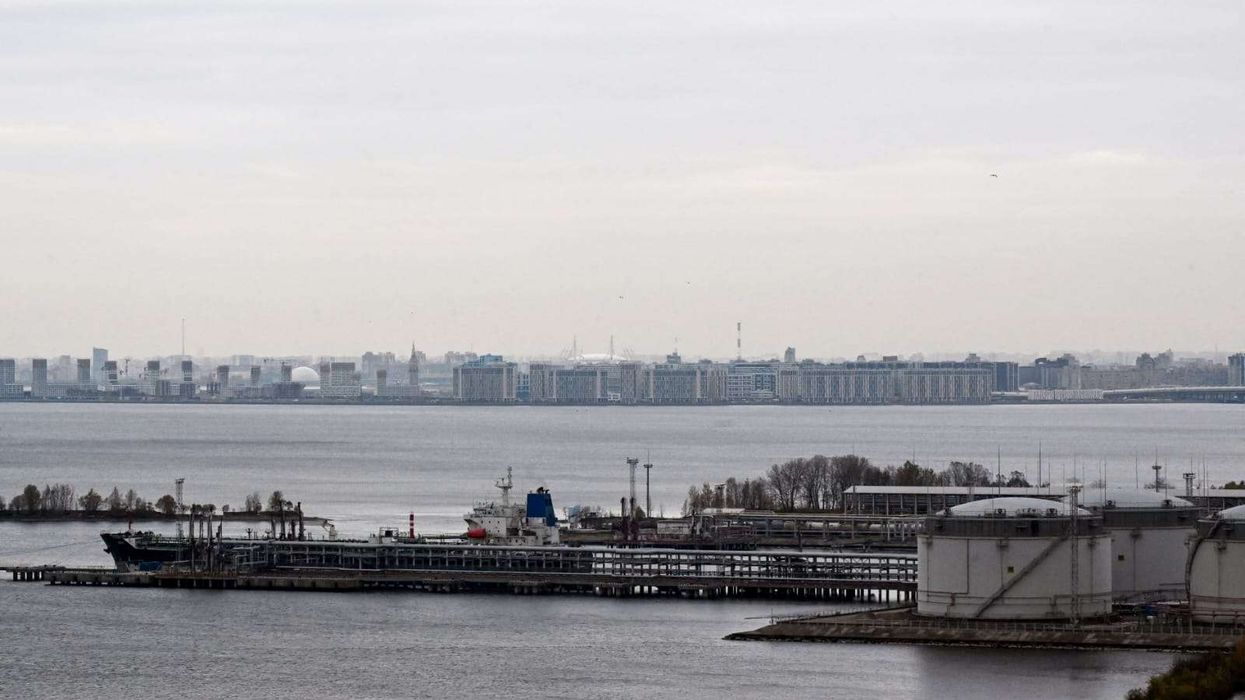Highlights
- West Midlands sees 14 per cent drop in home insurance costs, now amongst the UK’s most affordable regions-.
- Average annual premiums at £169 compared to £482 in Northern Ireland.
- Region offers economic opportunities alongside cultural diversity, with 31per cent of Birmingham residents identifying as Asian.
New figures from Compare the Market show home insurance premiums across the UK fell by 13 per cent year-on-year in September, dropping from £226 in 2024 to £197 in 2025. The West Midlands recorded one of the steepest declines at 14 per cent, making it amongst the three most affordable regions in the country.
At just £169 for average annual premiums, the West Midlands sits alongside the North East at £152 and the East of England at £159. The North West and Scotland also saw significant reductions of 14 per cent, while Northern Ireland was the only region where premiums rose, increasing by 9 per cent to £482.
Yorkshire and the Humber recorded the second-highest premiums at £328, followed by Greater London at £308. These three regions held the highest costs in both 2024 and 2025.
Costs come down
The drop in insurance costs brings welcome relief to homeowners, but experts advise caution. The Met Office has forecast a wetter-than-average autumn, with several parts of the country already experiencing almost double their usual rainfall in September.
Sam Wilson, an expert at Compare the Market, pointed that households should check their policies carefully. “It’s encouraging to see home insurance premiums falling,” he noted. While lower costs should be welcome news for homeowners, it’s important not to focus on price alone. With forecasts of unsettled weather ahead, households should check that their policies offer the right levels of cover for their needs.
Flood cover typically comes as standard in most home insurance policies, but homeowners should verify details around alternative accommodation, coverage when properties are unoccupied, and any exclusions relating to fences, gates or hedges.
Diversity drives growth
West Midlands is home to one of Britain’s largest and most diverse communities. Census data from 2021 shows 31 per cent of Birmingham residents identify as Asian, Asian British or Asian Welsh, up from 26.6 per cent in 2011.
This isn’t just about numbers. Walk through Birmingham’s Balti Triangle or explore the restaurants and businesses that have redefined the city’s economic landscape, and you’ll see communities that have become central to the region’s fabric.
Professor Monder Ram OBE, director of the Centre for Research in Ethnic Minority Entrepreneurship at Aston University, puts the economic contribution in perspective. “Across the UK, roughly 250,000 ethnic minority businesses contribute £25 billion annually to our economy,” he noted. “The West Midlands, as one of Britain’s most diverse and entrepreneurial regions, could lead this transformation.”
For families weighing up where to settle, the West Midlands offers practical advantages beyond insurance costs. Average house prices in Birmingham stood at £233,000 in August 2025, while Wolverhampton averaged £210,000. Both figures sit comfortably below the national average of £273,000.
Compare this with London, where the average exceeds £500,000, and the appeal becomes clear. The region has pioneered an affordable housing definition that links rents and mortgages to average salaries rather than inflated property prices. The West Midlands Combined Authority now requires developments receiving its investment to ensure local people pay no more than 35 per cent of their salary on housing costs.
The region needs to build 215,000 new homes by 2031 to meet future housing and economic demand. Between 2018 and 2024, developments receiving WMCA investment delivered 6,285 homes, with 2,045 classified as affordable, nearly 33 per cent of the total.














